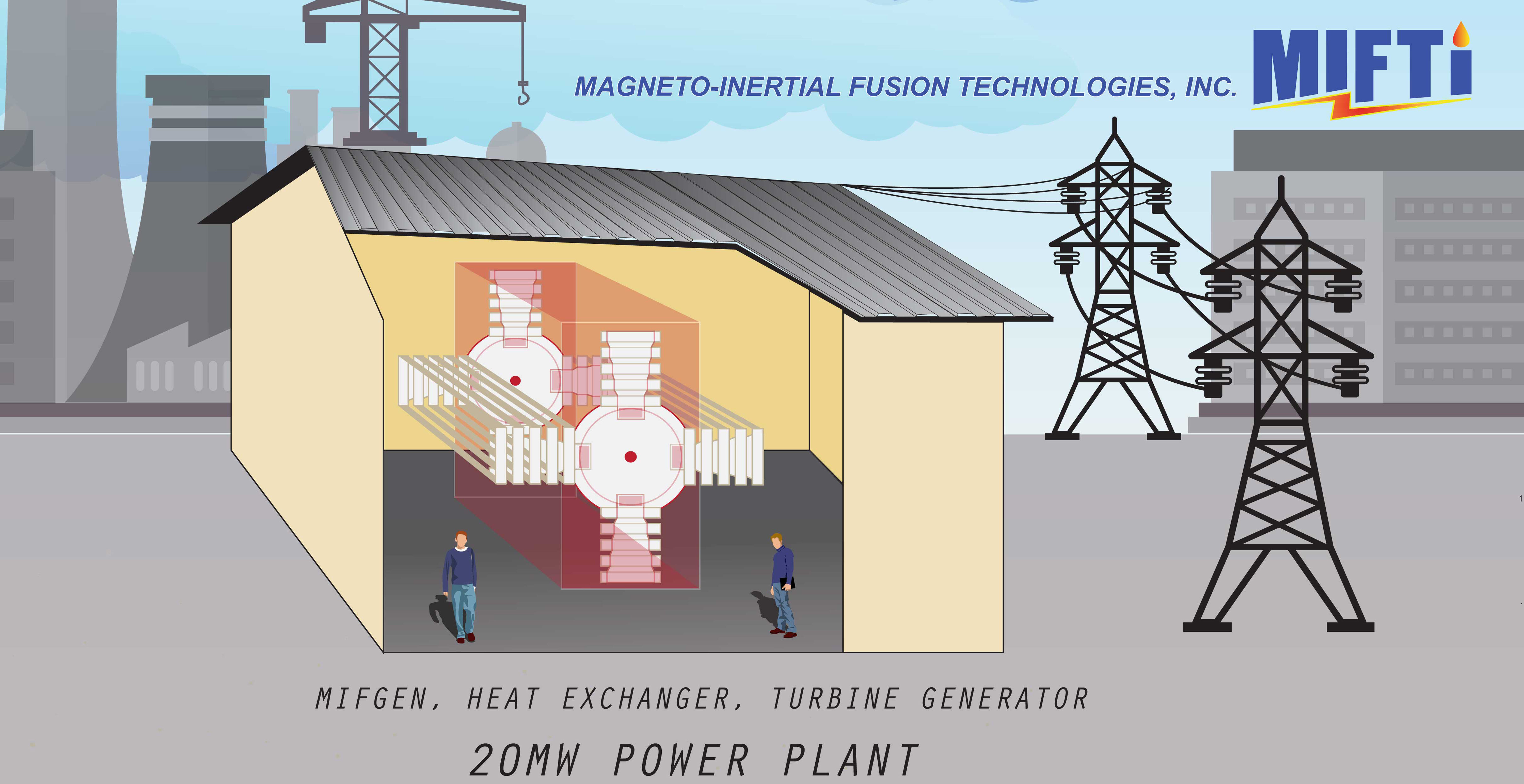


At this point, we visualize a near-term market need in the 1–10 MW output power range, which is appropriate for off-grid applications characteristic of small communities or corporate entities. An assembly of devices could be arranged, to scale the output energy upwards by factors of ten or more, to address the 1–100 MW market, and would be a cost effective solution for load-leveling in the power grid. Once it is demonstrated that the market is huge, everyone interested in the energy business will be eager to invest in this most promising resource. This will not only change mankind, but may also save human civilization as we know it..
Based upon present studies, if the world continues on its present course, some experts believe that the damage to the environment will lead to the end of civilization in less than a century. The time for staged Z-pinch is now. If we wait too long, there may not be enough time to develop and adapt this technology to the growing needs of society. We have seen a glimpse of what lies ahead, in the current global recession, where funds are not available for much needed research in energy technology. Desperate effort is currently underway in the Obama administration to convince people to adopt renewable sources of energy in the hope that we may solve the problems of depleting energy resources and environmental hazards, and ultimately rejuvenate the economy.
High gain
This is the only fusion-based concept that, thus far, gives a gain of over 100 and, once the concept is fully understood, may be even higher.
Low fuel cost
There are two types of fuel used in this scheme. (i) Deuterium, (ii) Tritium. As explained earlier, one gallon of seawater has enough deuterium to produce energy equivalent to 300 gallons of gasoline. Tritium can be easily produced in the same reactor, when fusion neutrons are absorbed in the Li blanket, and collected easily when gas bubbles out of the blanket. The heat will be used to produce electricity.
Simple operation
Most of the fusion ideas pursued, so far, are so cumbersome that it is hard to envision a power reactor based on them. For example, the Tokamak based power reactor uses huge cryogenic magnets. An impurity as small as 0.1gm can terminate the discharge. Laser produced fusion is highly inefficient, and even harder to operate. There are numerous other schemes, and all of these require a high vacuum environment that, by itself, will be a challenge to maintain in a power reactor.
Abundant fuel supply
The fuel is virtually extracted from seawater, which is in infinite supply, and can fuel the staged Z-pinch reactor for billions of years. This fuel supply can outlast civilization and even the life of the planet.
No nuclear waste
Contrary to the conventional nuclear reactor, the staged Z-pinch reactor will have no nuclear waste that must be stored underground for hundreds of years. If we rely only on fission-based nuclear energy, the storage of nuclear waste is a major challenge. The staged Z-pinch fusion reactor will have no nuclear waste residue.
Tolerable low level radioactivity
Fusion energy is harnessed from neutrons and alpha particles. These neutrons may produce low level radioactivity, however they are manageable. The Li blanket can absorb almost all of the neutrons that are emitted for staged Z-pinch. Tritium is radioactive, but there are methods to handle this and, with proper care, this radioactive bi-product can be reused as fuel.